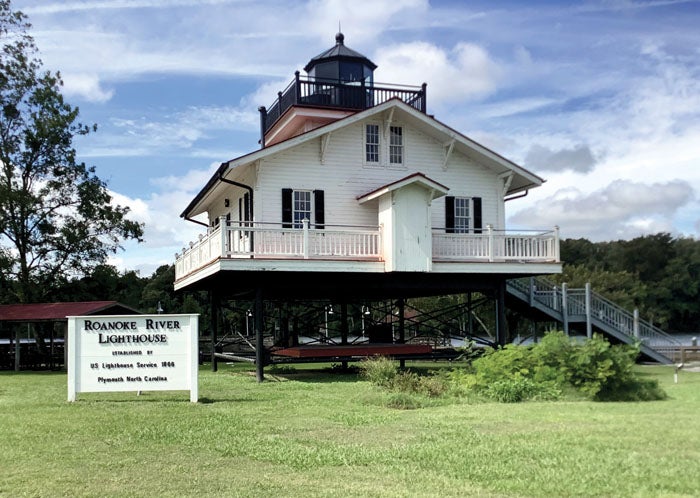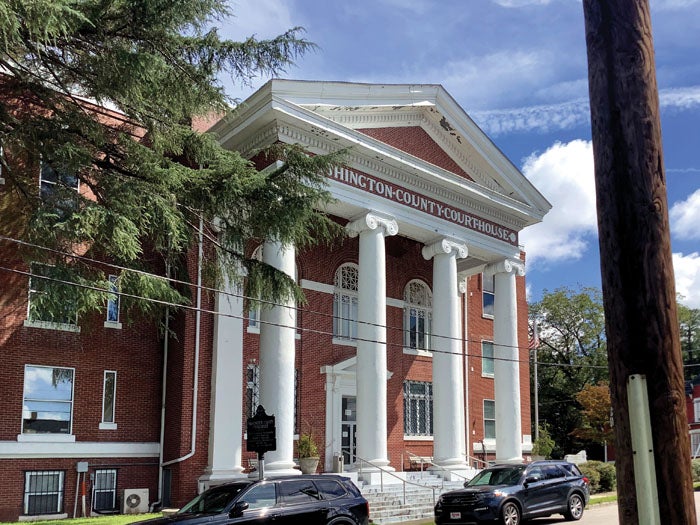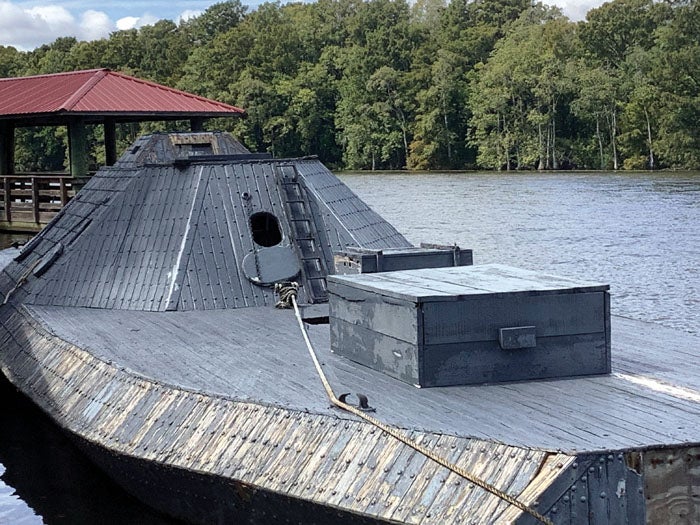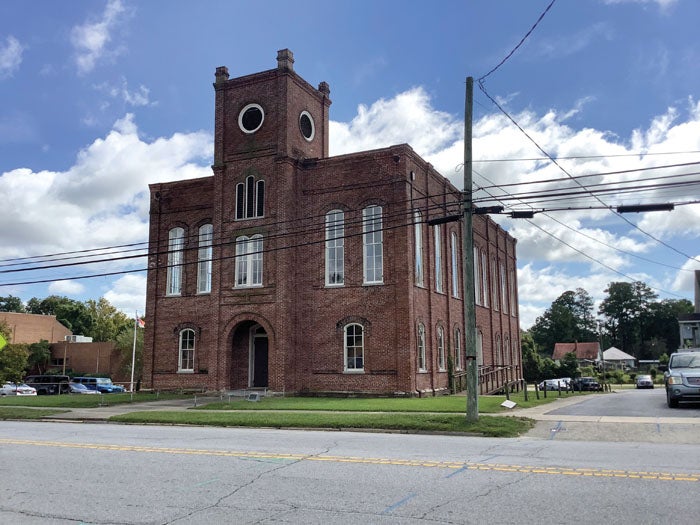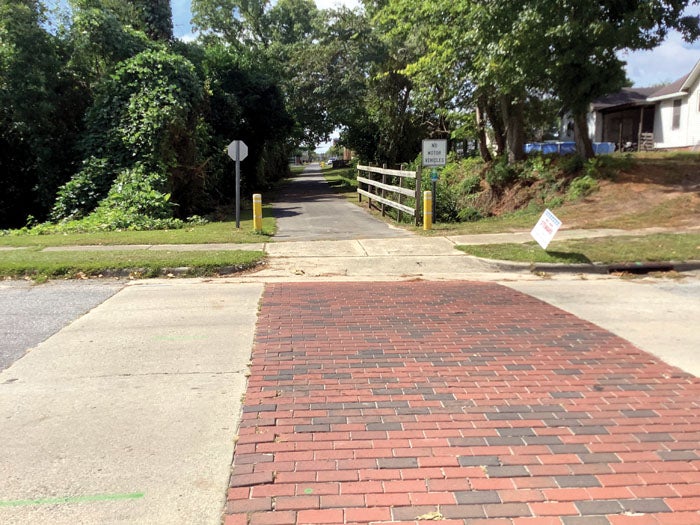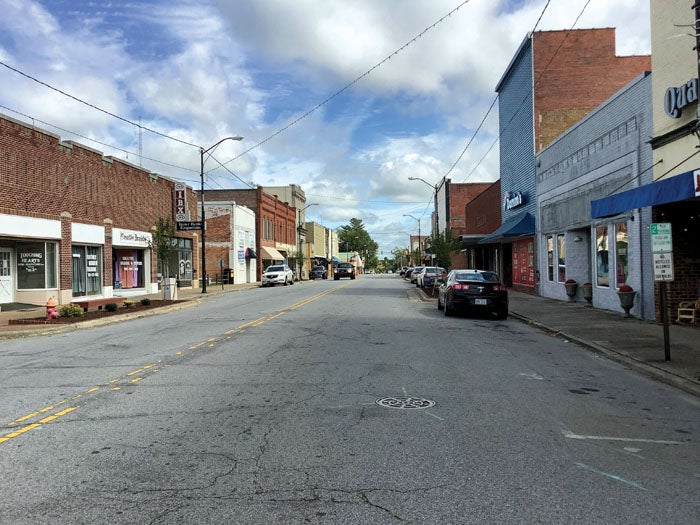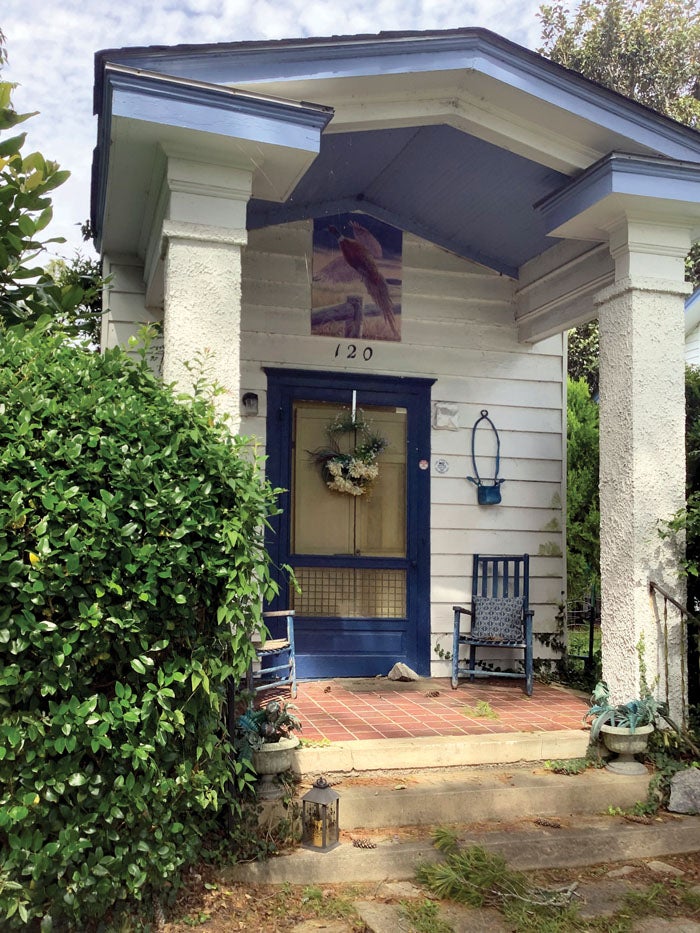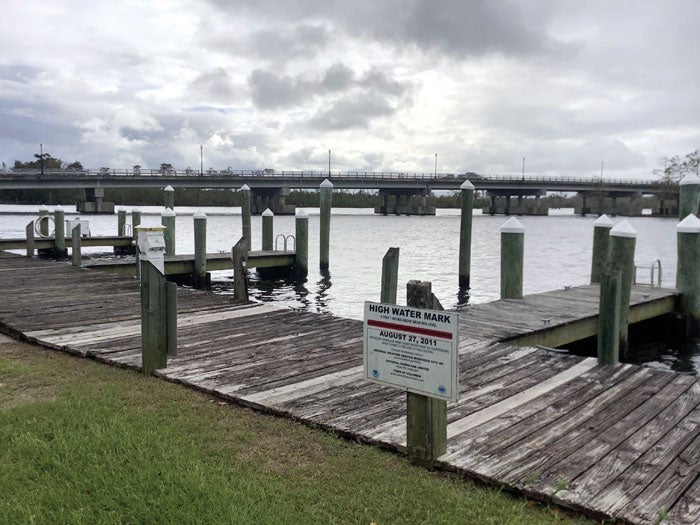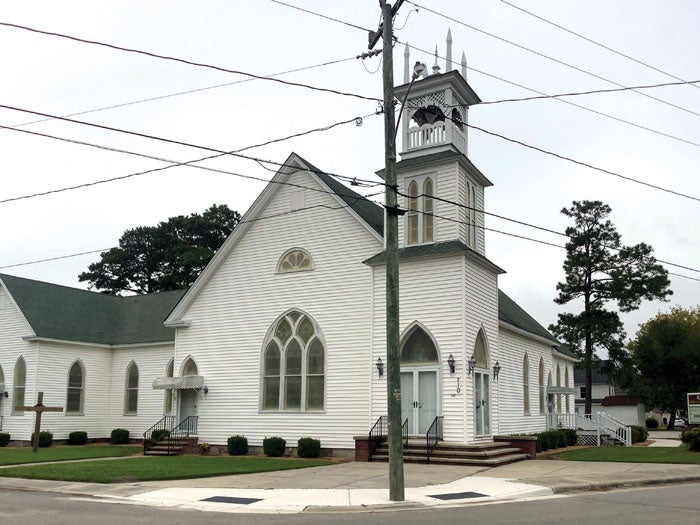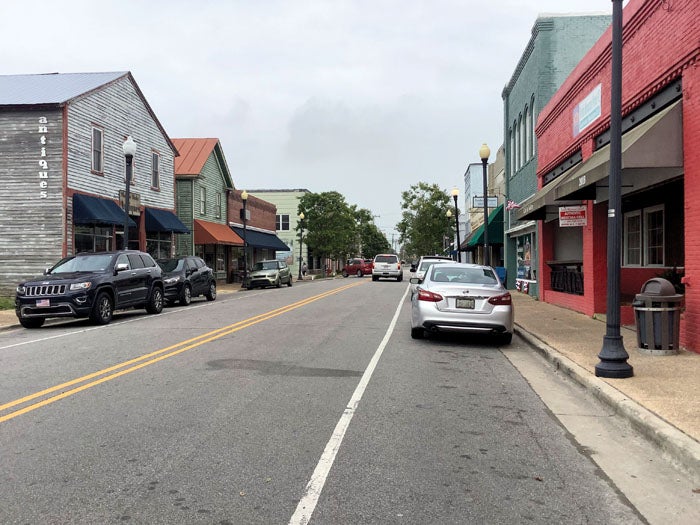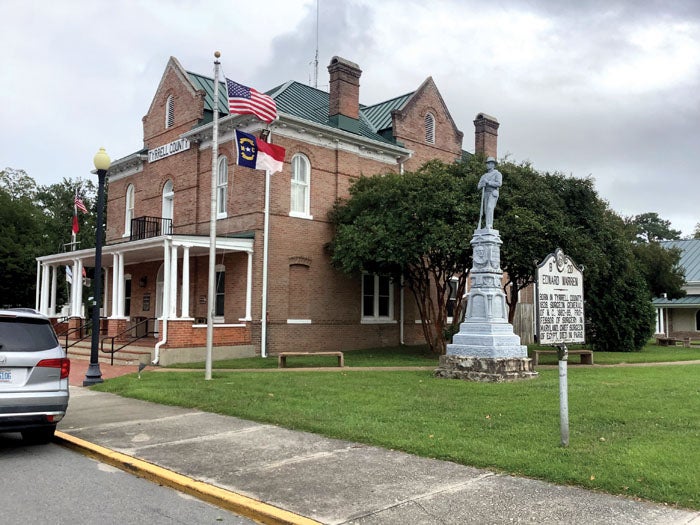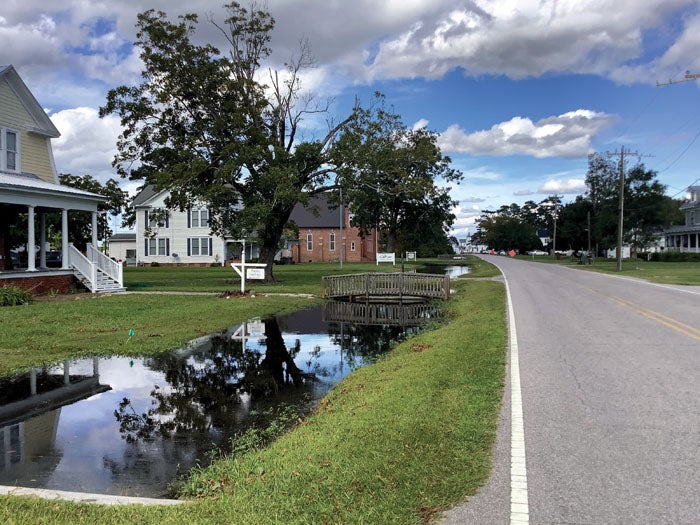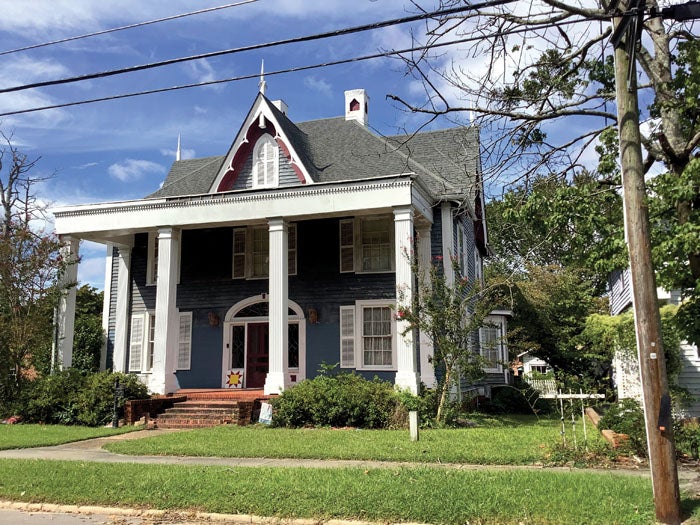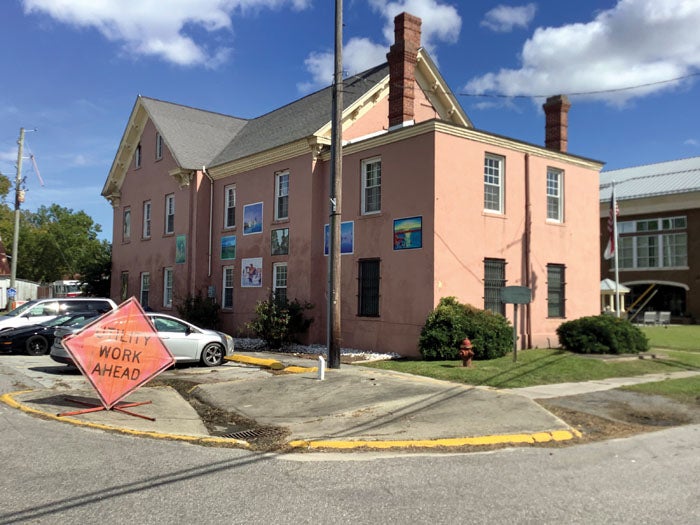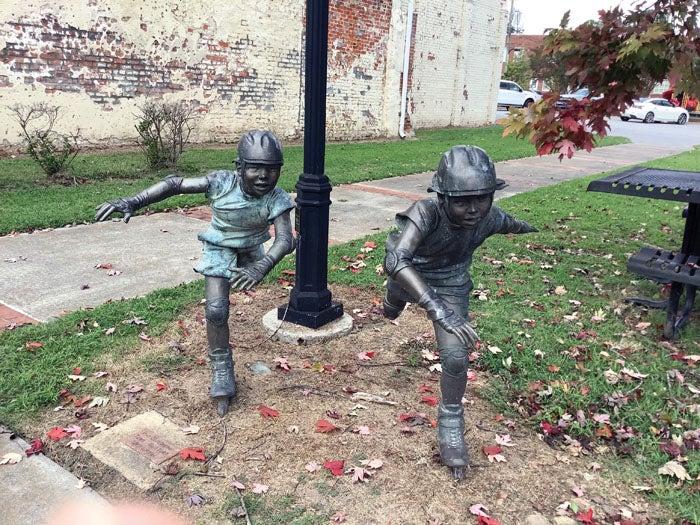Gotta’ Run: Visiting more counties as the challenge winds down
Published 12:05 am Saturday, September 30, 2023
Editor’s note: David Freeze is completing a challenge to run in a few miles in every county seat in all 100 N.C. counties. Contact him at david.freeze@ctc.net.
With seven eastern counties and Rowan left, I have been anxious to get back at it. I planned one long trip to the Outer Banks to finish them. Four of the county seats had been on my run across the state. First up on Sept. 26 was Williamston, the first of the Inner Banks towns. Williamston is the county seat of Martin County. It was founded in 1779 as Williamston five years after it was recognized as Tar Landing in 1774. Williamston was named after William Williams, a local military hero. The Martin County Courthouse was built in 1885.
The town is on the Roanoke River which helped make the town a trade center. The railroad came to town and the town flourished with both river and rail traffic. The one-mile Skewarkee Trail connects downtown and a riverside boardwalk on the Roanoke River via a converted railroad bed. The paved trail is used by bicyclists, walkers, skaters and others.
Pitcher Gaylord Perry, a member of the Baseball Hall of Fame, and his brother Jim, also a professional baseball pitcher, were born here.
My second stop was Plymouth, one of my favorite towns and part of the Inner Banks while also on the Roanoke River. Plymouth is just eight feet above sea level. I actually visited Plymouth twice before. My Atlantic coast cycling journey went through Plymouth as did my run across N.C. I started with the downtown area which includes the 1918 Martin County Courthouse, last built in 1918 and still in use. Three previous courthouse buildings had been destroyed by fire, twice during the Civil War.
Established in 1787, the town is thought to be named Plymouth because ships from Plymouth, Massachusetts, often stopped at the town port.
Plymouth has the historical distinction of being the site of the second-largest Civil War battle in North Carolina and its last Confederate victory in 1864. The Confederate ironclad warship CSS Albemarle helped win the battle but then sank on Oct. 27, 1864, while moored at a dock in Plymouth. Throughout the old town are historical signs concerning movements of both sides during the 1864 battle.
Union forces captured the town in May 1862, and the Confederate forces won it back in December of the same year but withdrew shortly afterward. The Confederate forces took Plymouth back in April 1864 and the Union recaptured the town in October of that year. Only 11 buildings are still standing from the pre-Civil War period due to burning and heavy bombardment.
Another notable landmark is the Roanoke River Lighthouse which was erected by the U.S. Lighthouse Service in 1866. The Port of Plymouth Museum is said to be first class and a 3/8 scale model of the CSS Albemarle, the most successful ironclad in the war, floats behind it in the river. Maybe on my fourth visit to the town, I will tour the museum which is housed in an old train depot.
South of Plymouth was my next stop, Swan Quarter. I had never visited this area and was surprised at the huge amount of corn and soybeans being grown locally. Interesting were the continuous water drainage ditches beside the roads and plenty of water standing in the fields of crops ready for harvest.
Swan Quarter is the county seat of Hyde County. The 1855 courthouse and jail still stand, with the modern courthouse just behind it. In the 18th century, Samuel Swann settled along the Pamlico Sound near the head of Swan Bay. Swann’s Quarter was the first name given to this settlement. Eventually shortened to Swan Quarter, it became the county seat in 1836.
Fishing, oystering and crabbing are staples for the small town. Dozens of fishing boat carcasses line the marina. The first church built in the town broke loose from its foundation in a major storm and floated down Main Street before colliding with the general store and ended up on a lot that the townspeople originally wanted, but the owner wouldn’t sell. He did sell after seeing the likelihood of God’s hand in its movement. The historic Swan Quarter Baptist Church had its doors open to the public while I toured the town.
The last stop of the day was Columbia, another Inner Banks town. One of my most harrowing nights happened here on my run across the state. I had a group scheduled to meet me at Nag’s Head fishing pier later that day. Never having done more than 32 miles a day, I started at 4 a.m. in the total dark on an Easter Sunday. Two residents told me not to do that because, “This is black bear territory!” The total darkness worried me some wondering what was watching me until daylight came. I did complete 42 miles and finished the journey that day.
Originally called Elizabethtown, the town was established on the banks of the Scuppernong River in 1793 and became the Tyrrell County seat in 1799. The Indians called the area “the place of the sweet bay tree.” A waterfront boardwalk exists today.
The name of the town was changed to Columbia in 1801, to avoid confusion with another Elizabethtown in Bladen County. The courthouse was built in 1903 and is still in use. Locals have subsisted on mercantile trade, milling, and maritime occupations including boat building. The lumber and logging industry have also been important.


